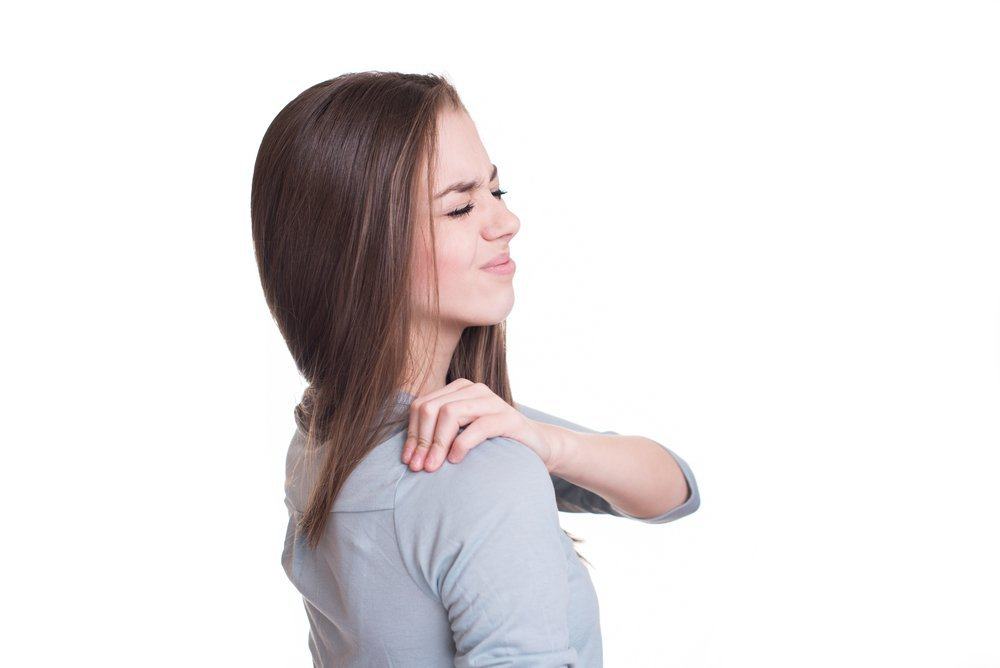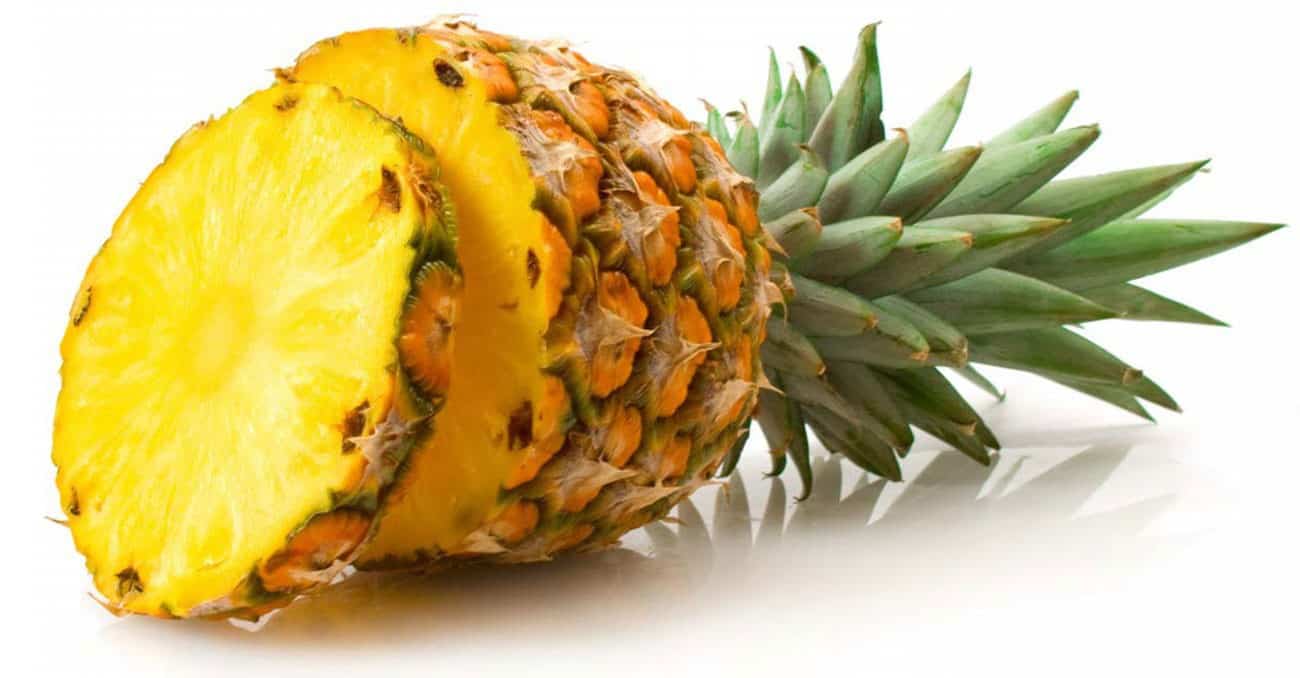Contents:
- Medical Video: Muscle Soreness Explained (IS IT GOOD?)
- What are the causes of muscle pain?
- What are the diagnoses and tests for muscle pain?
- How to treat muscle pain?
- Tips for controlling muscle pain
Medical Video: Muscle Soreness Explained (IS IT GOOD?)
Muscle pain is a type of pain that is very common and has been experienced by everyone during their lives. Did you know that you have 650 muscles in your body that control movement, maintain posture and regulate blood circulation and energy and nutrients throughout the body. Muscle pain can vary from mild to severe and can heal on its own in a short period of time or for months. Because your muscles are in every part of the body, muscle pain can develop almost anywhere.
To understand the muscle pain that you experience, you should know the cause of the muscle pain. Muscles consist of connective tissue which includes ligaments, tendons and thick tendon (fascia). There are three types of muscles:
- Skeletal muscle: These muscles are voluntary muscles (controls) that control your daily motion. They usually attach to two bones in the joint to make smoother and easier movements.
- Smooth muscle: Also known as visceral muscle, the muscle found in your organs such as the stomach and intestines. These muscles contract to move substances through organs.Unlike skeletal muscle, this muscle is not binding.
- Cardiac muscle: this is a muscle that is only found in your heart. Responsible for pumping blood throughout the body to provide energy-rich nutrients to your organs. You can feel the contraction of your heart muscle every time you feel your heartbeat.
The most common muscle pain usually occurs in your skeletal muscles.
What are the causes of muscle pain?
Muscle pain occurs when there is stress, tension, or stretching in your muscles. This can be caused by excessive use or injury from physical activity. Physical activity can occur when you go to the gym, exercise, or even when you do housework. Mild and recurrent stretch injuries can cause muscle aches, but they may only be temporary.
Some muscle aches caused by infections, diseases or side effects of drugs, such as:
- Certain drugs, including ACE inhibitors (such as lisinopril, enalapril or captopril) to reduce blood pressure, cocaine, and statin drugs (such as atorvastatin or simvastatin) to lower cholesterol
- Dermatomyositis, an inflammatory disease that affects the skin and muscle tissue
- Electrolyte imbalance, like too little potassium or calcium
- Fibromyalgia, a musculoskeletal disorder that causes widespread pain
- Infection including flu, disease Lyme, malaria, muscle abscess, polio, rocky mountain spotted fever, trichinosis (roundworm)
- Lupus, an autoimmune disease that causes inflammation of the skin and joints
- Polymyalgia rheumatica, an inflammatory disorder that causes muscle pain and stiffness
- Polymyositis, a disease that causes inflammation in the muscles
- Rhabdomyolysis, is damage to muscle tissue.
It is important to tell your doctor when you experience muscle pain that cannot disappear on its own. Muscle pain can be a sign of other problems.
What are the diagnoses and tests for muscle pain?
When the pain becomes more serious, it is best to see your doctor to identify the cause. The doctor will ask you to explain the pain. Based on your description, the doctor can recommend the best treatment for you. Some of the questions your doctor will ask are:
- Where is the source of the pain?
- Does the pain feel piercing or not?
- Do you experience continuous pain throughout the day, at night or during the day?
- What level of pain do you experience (mild, moderate or severe)?
- Have you been injured or injured recently?
- Do you exercise?
- Are you physically active?
How to treat muscle pain?
Mild to moderate muscle pain that occurs during activity can be treated at home. Muscle pain that shows tension often responds well to home care. For this type of illness, it is recommended to:
- Rest. Take a rest from your normal activities.
- Compress with ice. Place an ice pack or a bag of frozen peas on the affected part for 20 minutes several times a day.
- Pressure. Use a compression bandage to reduce swelling.
- Lift up. Elevate your feet to help reduce swelling.
However, severe muscle pain may require immediate medical treatment. If you have one of the following symptoms, you should see a doctor:
- When the pain does not heal after several days of home care
- Muscle pain accompanied by a rash
- Muscle pain that occurs together flea bites
- Muscle pain that occurs right after starting a new treatment
- Difficulty breathing or dizziness
- Extreme muscle weakness
- High fever and stiff neck.
If you experience muscle pain along with one of the following symptoms, you should seek emergency medical help:
- Sudden fluid retention and / or a reduction in the amount of urine.
- Difficulty swallowing.
- Vomiting and / or fever.
- Difficulty breathing.
- Rigid on your neck.
- Weak muscles.
- Inability to move painful limbs.
Tips for controlling muscle pain
If you exercise or do hard work, there are ways to prevent and control muscle pain. Here are some tips that you can try:
- Always do light stretches before and after exercise.
- Don't skip warm-up and cooling activities while exercising.
- Drink plenty of mineral water before, during, and after exercise.
- If you work in the same position all day (like sitting at a computer), stretch at least every hour.
- Regular exercise can help restore muscle function after recovering from illness. You can start with easy activities like walking, cycling and swimming.
- A physical therapist can teach you stretching, toningand aerobic exercise to help you feel better and stay free of pain.
- Begin exercise slowly and increase the intensity gradually.
- Avoid aerobic activity and lift heavy loads when injured or when sick.
- Be sure to get enough sleep and try to reduce stress. Yoga and meditation are good ways to help you sleep and relax.
Muscle pain is generally not serious and can be easily prevented and controlled. Be sure to take protective measures when you are physically active.












